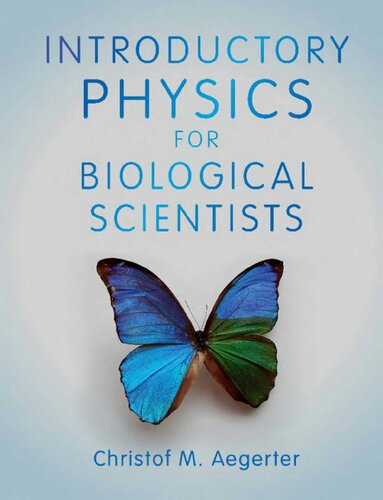

Most ebook files are in PDF format, so you can easily read them using various software such as Foxit Reader or directly on the Google Chrome browser.
Some ebook files are released by publishers in other formats such as .awz, .mobi, .epub, .fb2, etc. You may need to install specific software to read these formats on mobile/PC, such as Calibre.
Please read the tutorial at this link: https://ebookbell.com/faq
We offer FREE conversion to the popular formats you request; however, this may take some time. Therefore, right after payment, please email us, and we will try to provide the service as quickly as possible.
For some exceptional file formats or broken links (if any), please refrain from opening any disputes. Instead, email us first, and we will try to assist within a maximum of 6 hours.
EbookBell Team

5.0
88 reviewsWhy do elephants have sturdier thigh bones than humans? Why can't ostriches fly? How do bacteria swim through fluids? With each chapter structured around relevant biological case studies and examples, this engaging, full-colour book introduces fundamental physical concepts essential in the study of biological phenomena. Optics is introduced within the context of butterfly wing colouration, electricity is explained through the propagation of nerve signals, and accelerated motion is conveniently illustrated using the example of the jumping armadillo.
Other key physical concepts covered include waves, mechanical forces, thermodynamics and magnetism, and important biological techniques are also discussed within this context, such as gel electrophoresis and fluorescence microscopy. A detailed appendix provides further discussion of the mathematical concepts utilised within the book, and numerous exercises and quizzes allow readers to test their understanding of key concepts. This book is invaluable to students aiming to improve their quantitative and analytical skills and understand the deeper nature of biological phenomena.